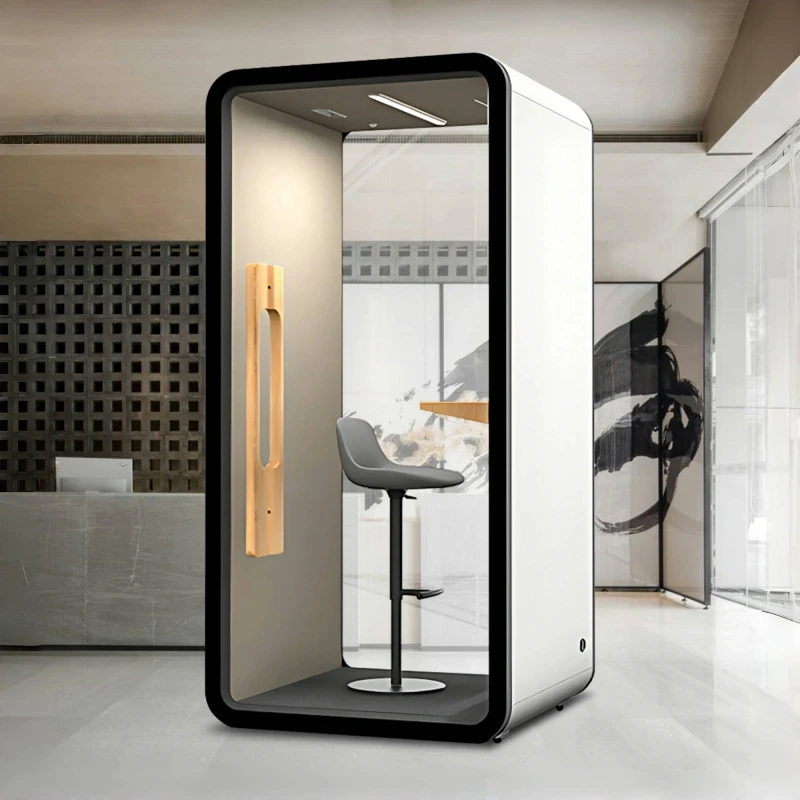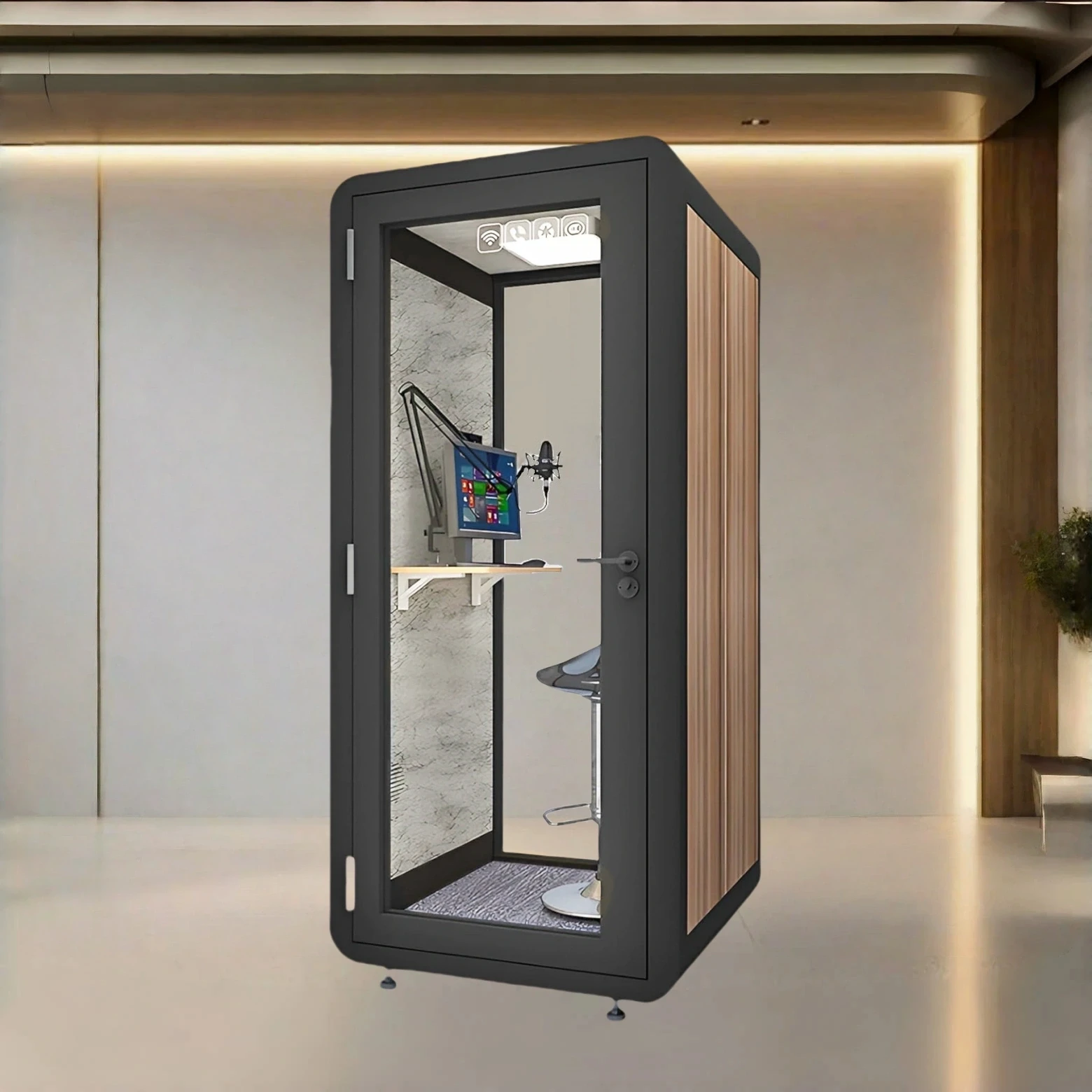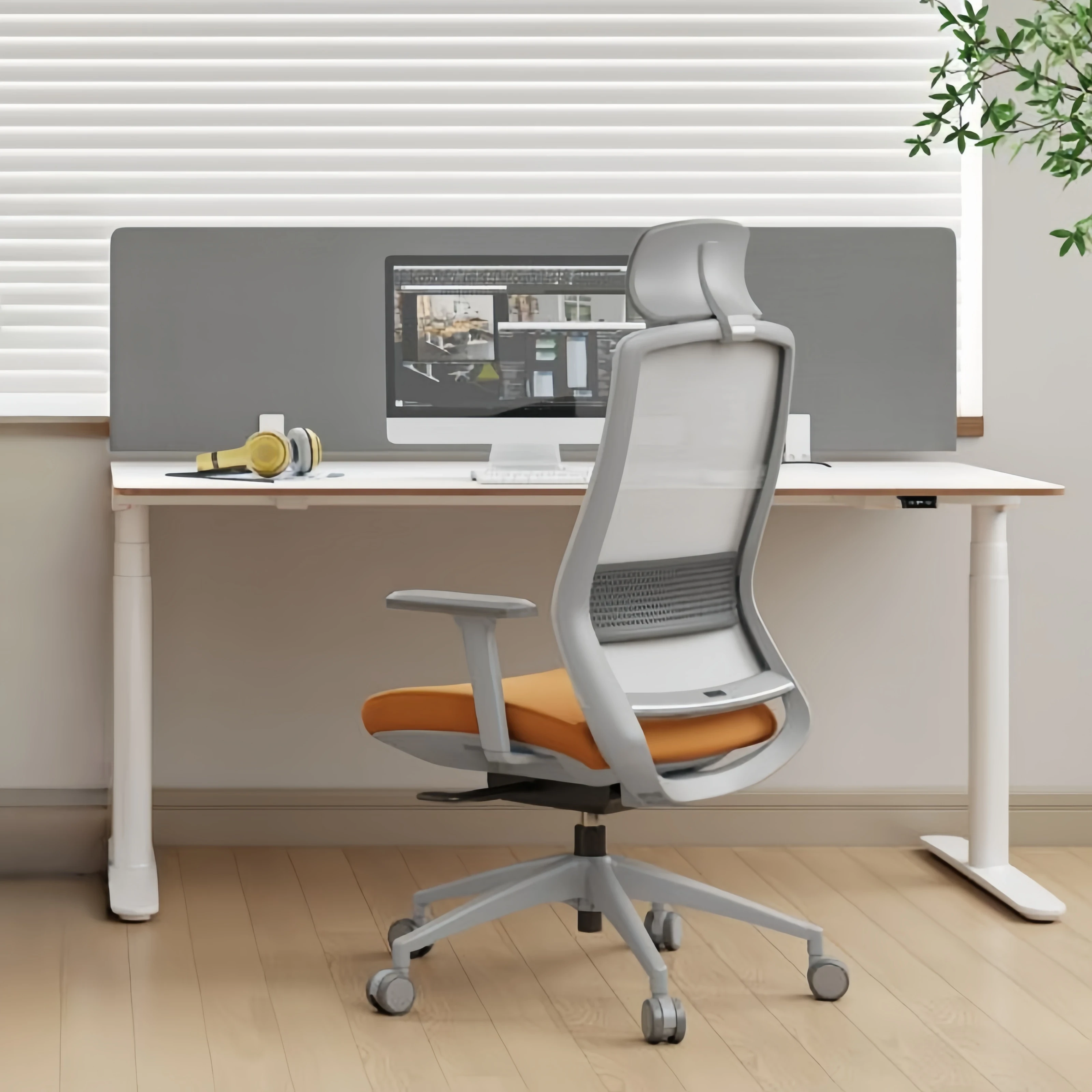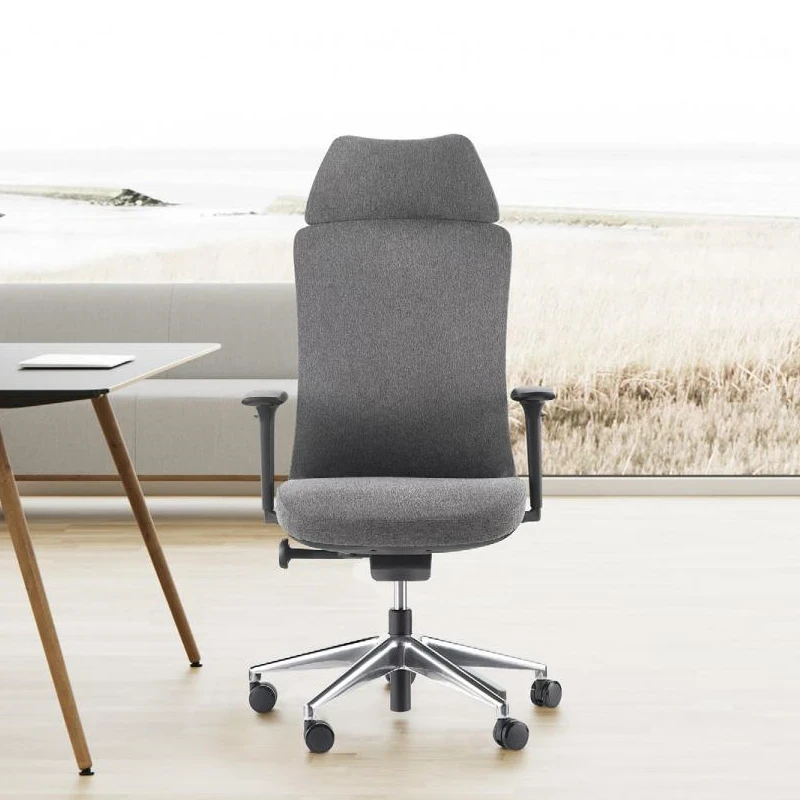Sitting too much is bad for your health. People who sit a lot every day have an increased risk of diabetes, heart disease, and premature death. Furthermore, sitting constantly burns very few calories, and many studies have linked this to weight gain and obesity. This is a major problem for office workers, who spend much of the day sitting. Fortunately, standing desks are becoming increasingly popular.
What is a standing desk?
A standing desk, also known as a standing desk, is essentially a desk that allows you to stand comfortably while working. Many modern versions are adjustable, allowing you to change the height of the desk and alternate between sitting and standing positions. These are called height-adjustable desks or sit-stand desks. Although research is still in its early stages, using a standing desk does offer impressive health benefits. It can also increase productivity.
At least, using this type of desk can partially offset the harmful effects of excessive sitting.
1. Standing can reduce the risk of weight gain and obesity
Weight gain is ultimately caused by taking in more calories than you burn. Conversely, burning more calories than you burn can lead to weight loss. While exercise is the most effective way to quickly burn calories, simply choosing to stand instead of sitting can also be beneficial. In fact, standing for the same amount of time as sitting for an afternoon at work has been shown to burn 170 times more calories. Just standing at your desk each day alone can add up to almost 1,000 calories burned each week. This caloric difference may be one reason why prolonged sitting is so strongly linked to obesity and metabolic disease.
2. Using a standing desk may lower blood sugar levels
Generally speaking, the greater the rise in blood sugar levels after a meal, the worse it is for your health. This is especially true for those with insulin resistance or type 2 diabetes. In a small study of 10 office workers, standing for 180 minutes after lunch reduced the blood sugar spike by 43%, while sitting for the same amount of time did not. Both groups performed the same amount of standing, suggesting that the smaller spike was due to standing rather than the extra physical movement around the office. Another study involving 23 office workers found that alternating between standing and sitting every 30 minutes throughout the workday reduced blood sugar spikes by an average of 11.1%. The harmful effects of sitting after meals may help explain why prolonged sitting time is associated with a 112% higher risk of developing type 2 diabetes. Studies have shown that using a standing desk at work can lower blood sugar levels, especially after lunch.
3. Standing May Reduce Heart Disease Risk
The idea that standing is good for heart health was first proposed in 1953. A study found that bus conductors who stood all day had half the risk of heart disease-related death compared to their colleagues who sat in the driver's seat. Since then, scientists have gained a deeper understanding of the impact of sitting on heart health, with prolonged sitting thought to increase the risk of heart disease by up to 147%. It's so harmful that even an hour of vigorous exercise can't offset the negative effects of sitting all day.
There's no doubt that spending more time on your feet is good for heart health.
It's widely believed that the longer you sit, the greater your risk of heart disease.
4. Standing desks appear to reduce back pain
Back pain is one of the most common complaints among office workers who sit all day. To determine whether standing desks can improve this condition, several studies have been conducted on employees with chronic back pain. Participants reported improvements of up to 32% in lower back pain after using a standing desk for several weeks. Another study published by the Centers for Disease Control and Prevention (CDC) found that using a sit-stand desk reduced upper back and neck pain by 54% in just four weeks. Furthermore, removing the standing desk could reverse some of these improvements within two weeks.
Several studies have shown that standing desks can significantly reduce chronic back pain caused by prolonged sitting.
5. Standing Desks Help Improve Mood and Energy Levels
Standing desks appear to have a positive impact on overall health. In one seven-week study, participants who used standing desks reported less stress and fatigue than those who sat all day. Furthermore, 87% of those who used standing desks reported increased energy and focus throughout the day. After returning to their original desks, their overall mood returned to their previous levels. These findings align with broader research on sitting posture and mental health, which has linked extended sitting time to an increased risk of depression and anxiety.
One study found that standing desks can reduce stress and fatigue while improving mood and energy levels.
6. Standing Desks Can Even Boost Productivity
A common concern about standing desks is that they hinder everyday tasks, such as typing.
While standing up every afternoon may take some getting used to, standing desks don't appear to have a significant impact on typical work tasks. In one study of 60 young office workers, using a standing desk for four hours a day had no effect on characters typed per minute or typing errors.
Given that standing also improves mood and energy, using a standing desk is more likely to boost productivity than hinder it.
7. Standing More Can Help You Live Longer
Studies have found a strong link between increased sitting time and premature death. This isn't surprising, considering the strong link between excessive sitting time, type 2 diabetes, and heart disease. In fact, a review of 18 studies found that people who sat the most were 49% more likely to die prematurely than those who sat the least. Another study estimated that reducing sitting time to three hours a day could increase the average American life expectancy by two years. While these observational studies can't prove cause and effect, there's ample evidence to suggest that standing more can extend our lives.
Research shows that reducing your sitting time can lower your risk of premature death and therefore help you live longer.
Reducing your sedentary time can improve your physical, metabolic, and even mental health. That's why sitting less and sitting more is such an important lifestyle change.

 USD
USD
 GBP
GBP
 EUR
EUR




































